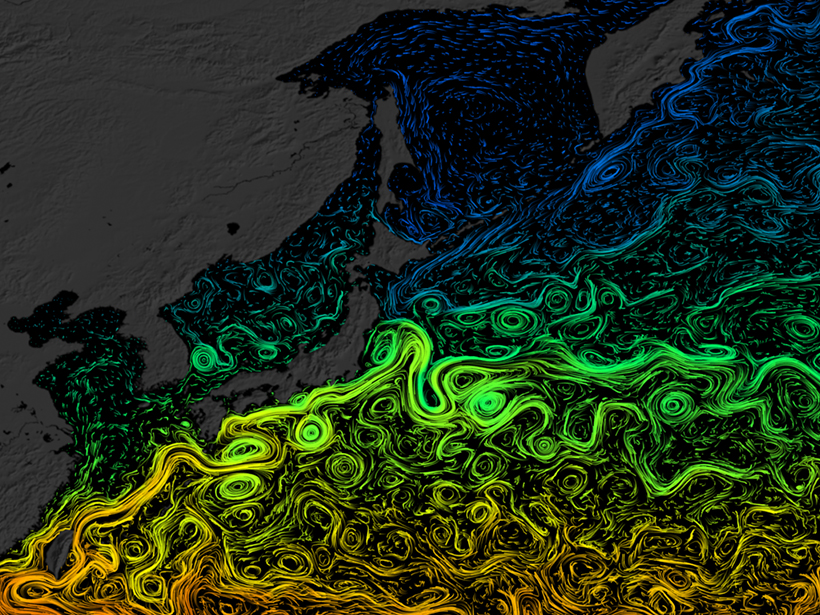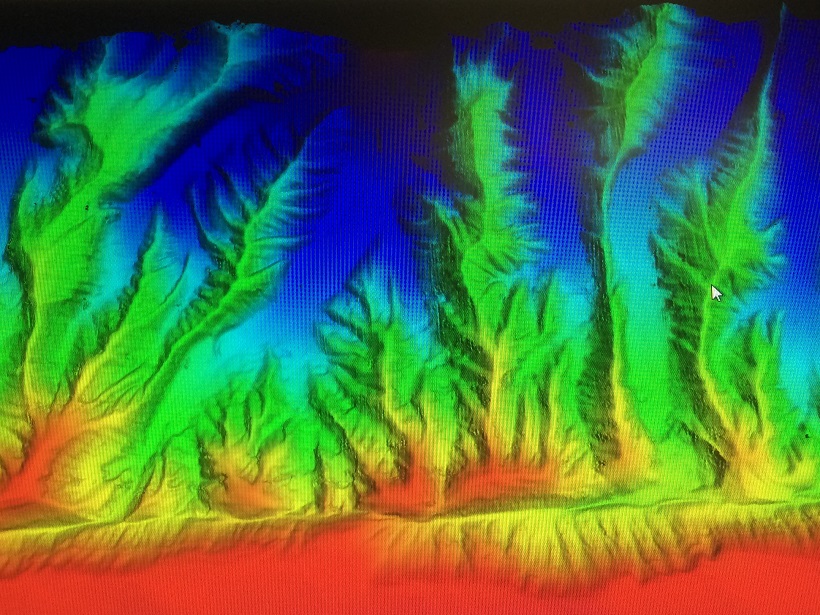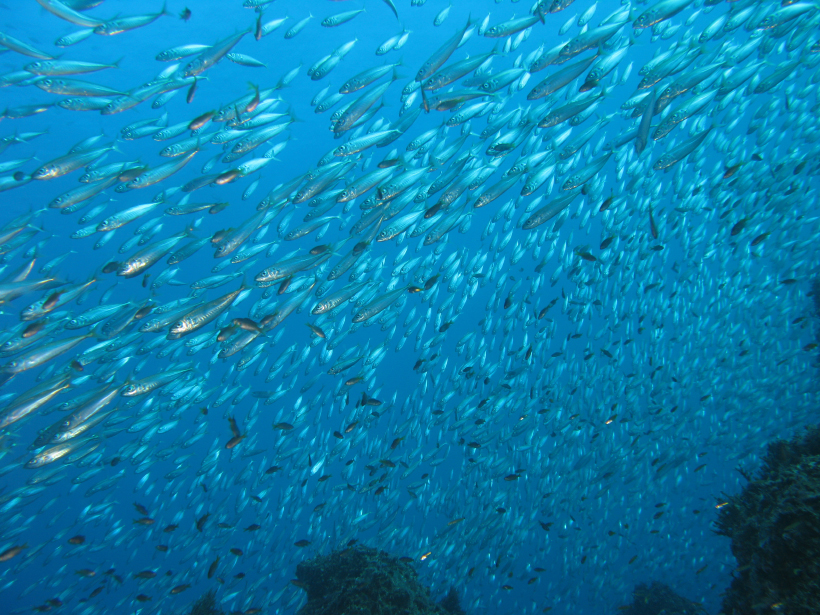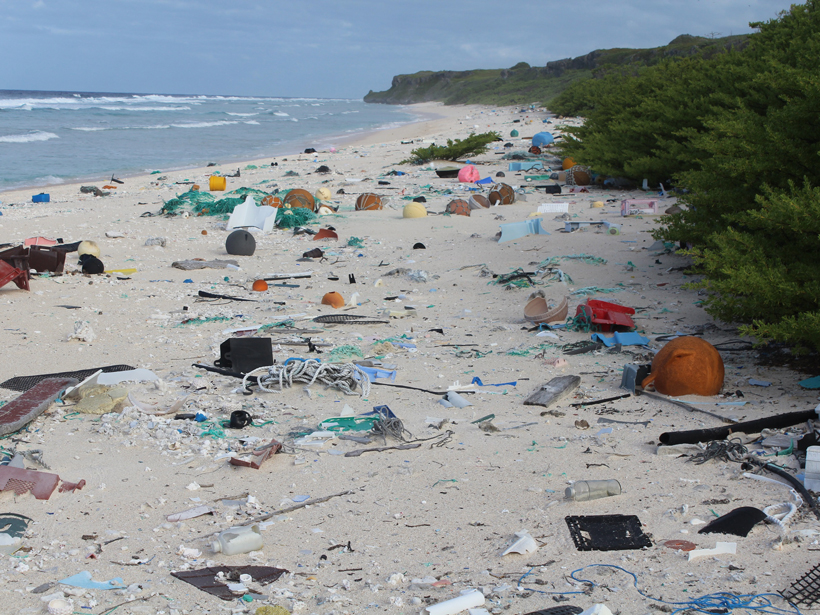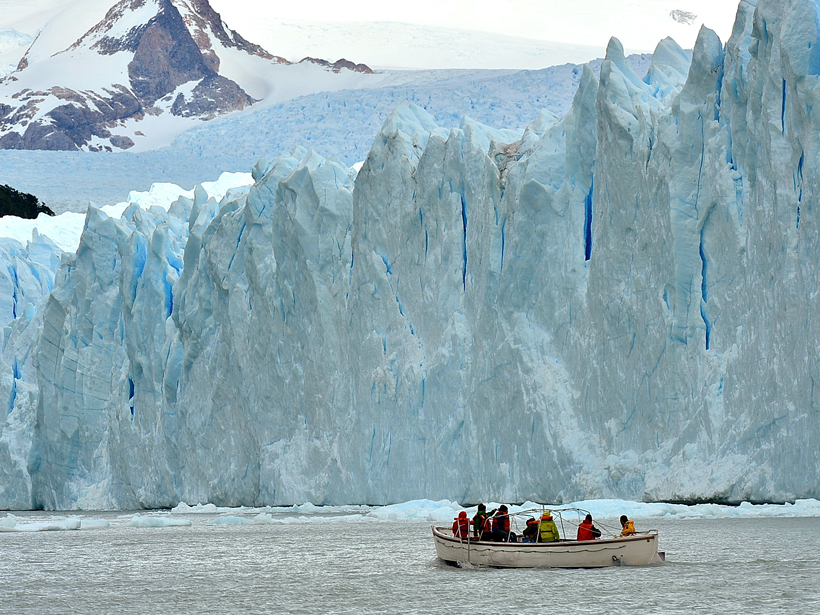East Asia’s Black Current may have rerouted in the past 10,000 years or so.
Pacific Ocean
Mesmerized by Gracefully Gliding Albatrosses
Despite avian distractions and dreadful weather, a research cruise to map the seafloor off Alaska revealed new insights into the Queen Charlotte Fault.
Probing the Power of Pacific Supertyphoons
Despite higher than normal surface temperatures and heat contents of ocean waters where the storms developed, evidence is lacking that global warming is revving them up.
New Volcanic Island Unveils Explosive Past
A recent volcanic eruption near Tonga in the southwest Pacific created a new island, giving scientists a rare opportunity to explore the volcanic record of this remote region.
What Makes the Biggest Cycle in Tropical Weather Tick?
The Madden-Julian Oscillation drives storms across the Indian and Pacific oceans every 30 to 60 days. New research suggests that clouds absorbing and reemitting radiative energy play a key role.
How Will Climate Change Affect the California Current Upwelling?
The results of new simulations that account for internal climate variability contrast with previous projections of how this vital West Coast current will respond to anthropogenic warming.
Plastic Waste Knows No Bounds
Despite the vastness of Earth’s oceans, human plastic pollution overwhelms even remote corners.
In Patagonian Lakes, Glacial Meltwater Lies Low
A new study reveals key differences in ice-water interactions between glaciers that flow into lakes and glaciers that end in the sea.
Understanding Kamchatka’s Extraordinary Volcano Cluster
An international seismological collaboration in Kamchatka, Russia, investigates the driving forces of one of the world’s largest, most active volcano clusters.
Observing the Ocean
How measurements from a glider deployed off the coast of Peru are contributing to a much-needed long time-series data set.

